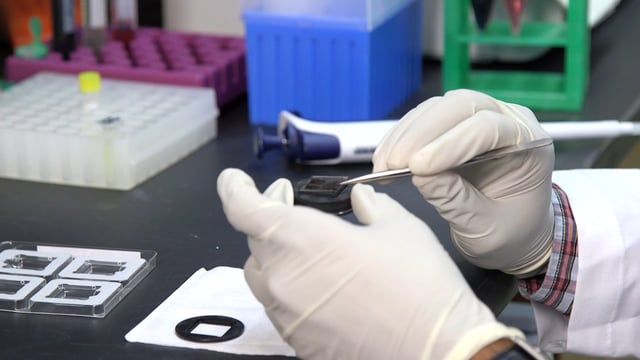Dec 16, 2015
Our Aging World: The Striking Statistics About Diabetes
Posted by Robert James Powles in categories: biotech/medical, life extension
By 2034 the annual cost of diabetes in the US will be comparable to the market capitalization of Google.
Diabetes comes in two main forms, type 1 and type 2. Type 1 diabetes is caused by a failure of the body to produce the hormone insulin that helps sugar molecules to be absorbed by your cells. This type of diabetes is commonly caused by an autoimmune reaction in which the body attacks the pancreas, the gland that produces insulin, and normally occurs during childhood. The second form is when the body becomes insensitive to insulin; the hormone is still there but the cells no longer respond to it. In the Dutch language this form used to be called ‘ouderdomsdiabetes’ meaning ‘diabetes of old age’. This description is no longer accurate as even teenagers have now been diagnosed with it.

















